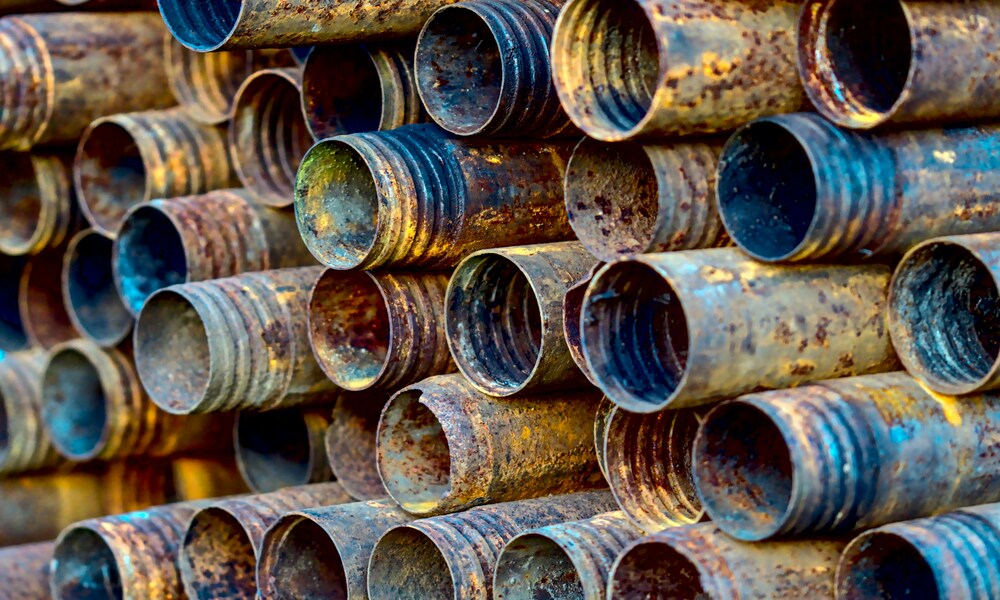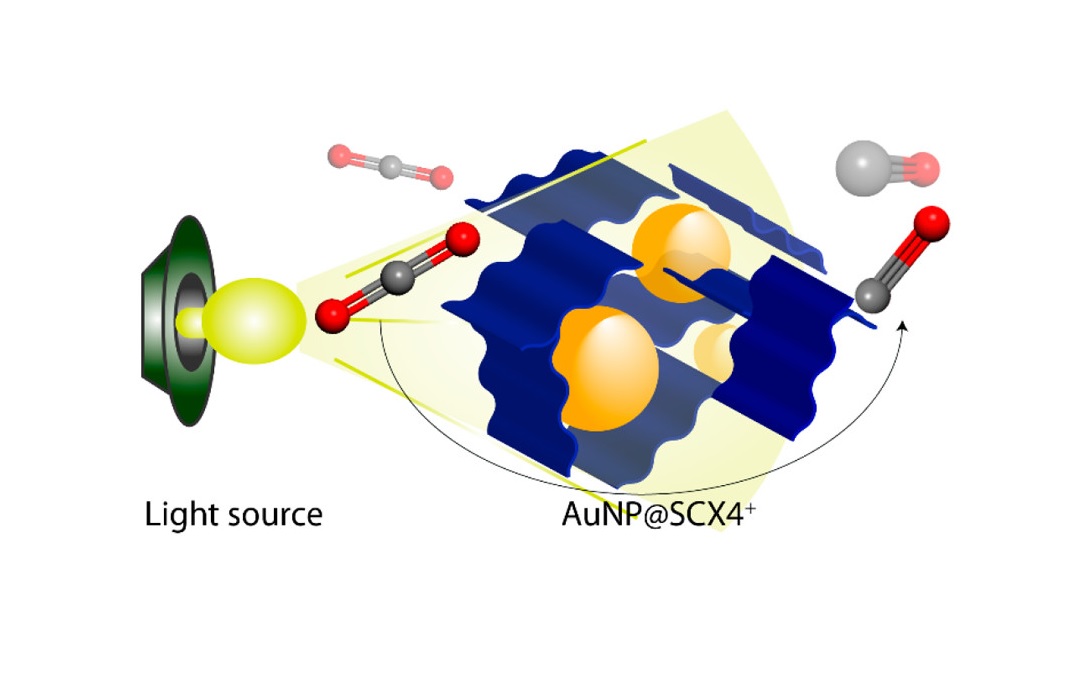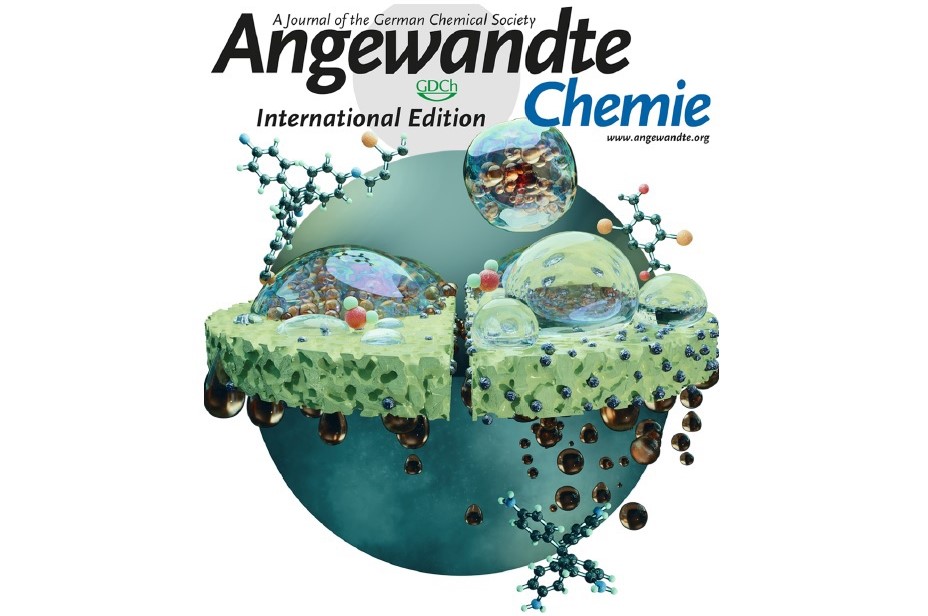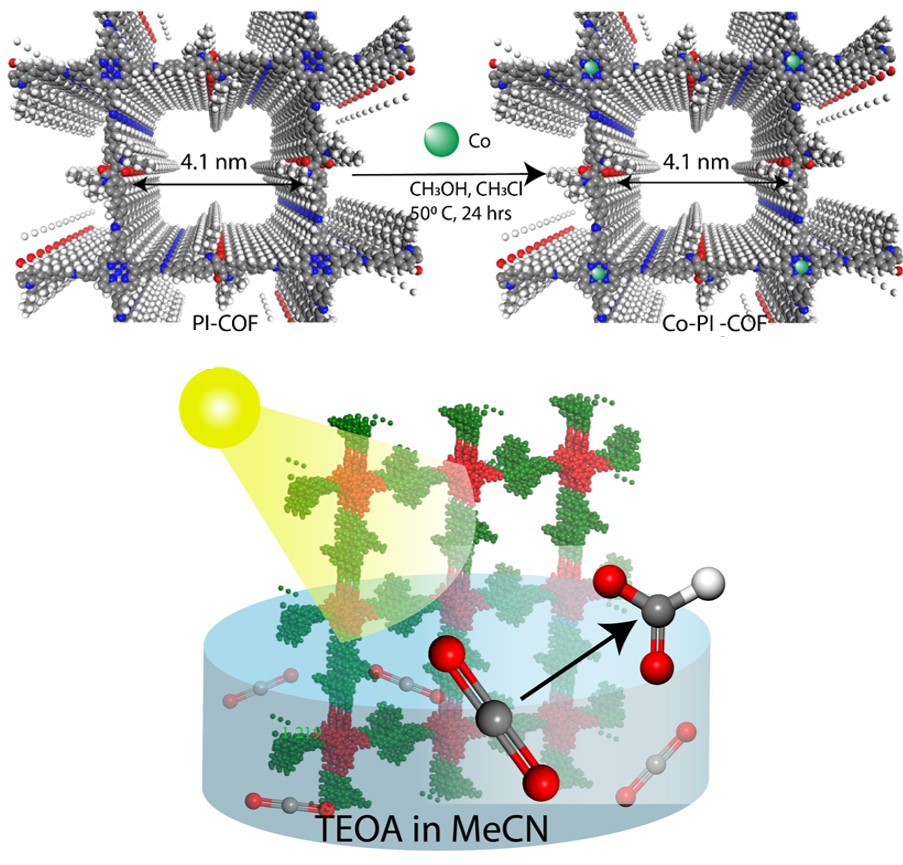
Unravelling the complex world of corrosion inhibitors requires an understanding of the role of chemical substituents.
Corrosion is a pervasive issue in many industries, often leading to significant material degradation and economic loss. The strategic use of corrosion inhibitors, chemicals that reduce corrosion rates without significantly altering corrosive components, is vital in combating this challenge. A team of researchers, including Khalifa University’s Dr. Chandrabhan Verma and Prof. Akram Alfantazi, has investigated the nuanced roles of chemical substituents in enhancing the effectiveness of these inhibitors.
Their findings were published in Coordination Chemistry Reviews, a top 1% journal for physical and theoretical chemistry.
“Trillions of dollars are spent yearly on corrosion-related costs, including upkeep, repairs, and early replacement of damaged assets and infrastructure,” Dr. Verma says. “The damage to steel buildings and infrastructure caused by corrosion in its various forms is expected to cost the world economy U.S.$3 trillion annually. Fortunately, existing techniques such as coatings and corrosion inhibitors could save up to 35 percent of the cost of corrosion.”
Corrosion inhibitors are essential in slowing metal deterioration across industries, from construction to historical preservation. They are classified into inorganic and organic types. Inorganic corrosion inhibitors (e.g. phosphates, molybdates, and chromates) create passive oxide layers on the surface that act as barriers). Organic inhibitors form a protective film on metal surfaces by chemically reacting with the metal. Their effectiveness largely hinges on their chemical substituents. The capacity of substituents to donate and withdraw electrons to modify the inhibitor molecule’s electronic characteristics makes them important in the design of corrosion inhibitors. The inhibitor’s electronic structure can be adjusted through the thoughtful addition of these substituents, improving its reactivity and corrosion inhibition potential. These functional groups, varying in electron-donating or withdrawing characteristics, influence the inhibitor’s ability to bond with the metal surface, dictating the overall protective efficacy.
“One of the most efficient strategies for preventing corrosion nowadays is using organic chemicals, especially heterocyclic compounds,” Dr. Verma says. “Not all organic molecules with polar functional groups effectively prevent corrosion. To be effective, inhibitors must possess some particular structural and physiochemical characteristics. Beneficial structural characteristics of effective corrosion inhibitors include functional groups with a strong affinity for binding metal, the capacity to build protective layers on metal surfaces, and chemical stability in challenging conditions. Solubility is one of the most important considerations when selecting an organic inhibitor, and the adoption of green approaches for corrosion protection has become increasingly important due to growing interest in sustainable development.” High solubility in the corrosive environment is essential for effective corrosion inhibitors to guarantee uniform dispersion and long-lasting protection on metal surfaces.
The design of effective corrosion inhibitors is a nuanced science involving the careful selection and combination of substituents. Researchers can tailor inhibitors to specific materials and environments by manipulating these components, optimizing their protective capabilities. This requires an understanding of the principles guiding their design.
The research team considered the significance of the Hammett and Taft equations, and related constants, on the inhibition efficiency of organic compounds. The Hammett and Taft equations help guide the design corrosion inhibitors by offering a quantitative understanding of substituents’ spatial and electronic effects on the reaction rates and reaction equilibria of organic compounds. By illuminating the structure-activity relationship, these equations aid in developing corrosion inhibitors with the best possible chemical characteristics. Through the correlation of molecular structures with inhibitory performance, scientists can optimize the qualities of inhibitors and increase their efficacy in reducing corrosion under various environmental conditions.
“The Hammett equation is a valuable tool in organic chemistry for describing the electronic impact of substituents on the rate and equilibrium of organic reactions,” Dr. Verma says. “The Taft equation is a modification to the Hammett equation and describes the reaction mechanisms for aliphatic organic compounds with consideration of steric, or spatial, effects.”
While many studies have observed the substituents effect, a comprehensive description integrating Hammett and Taft equations is needed as they reflect the electronic nature of substituents and are essential in understanding the potential of an inhibitor. A thorough understanding of these mechanisms is crucial for developing more effective, environmentally friendly inhibitors.
Jade Sterling
Science Writer
14 February 2024




